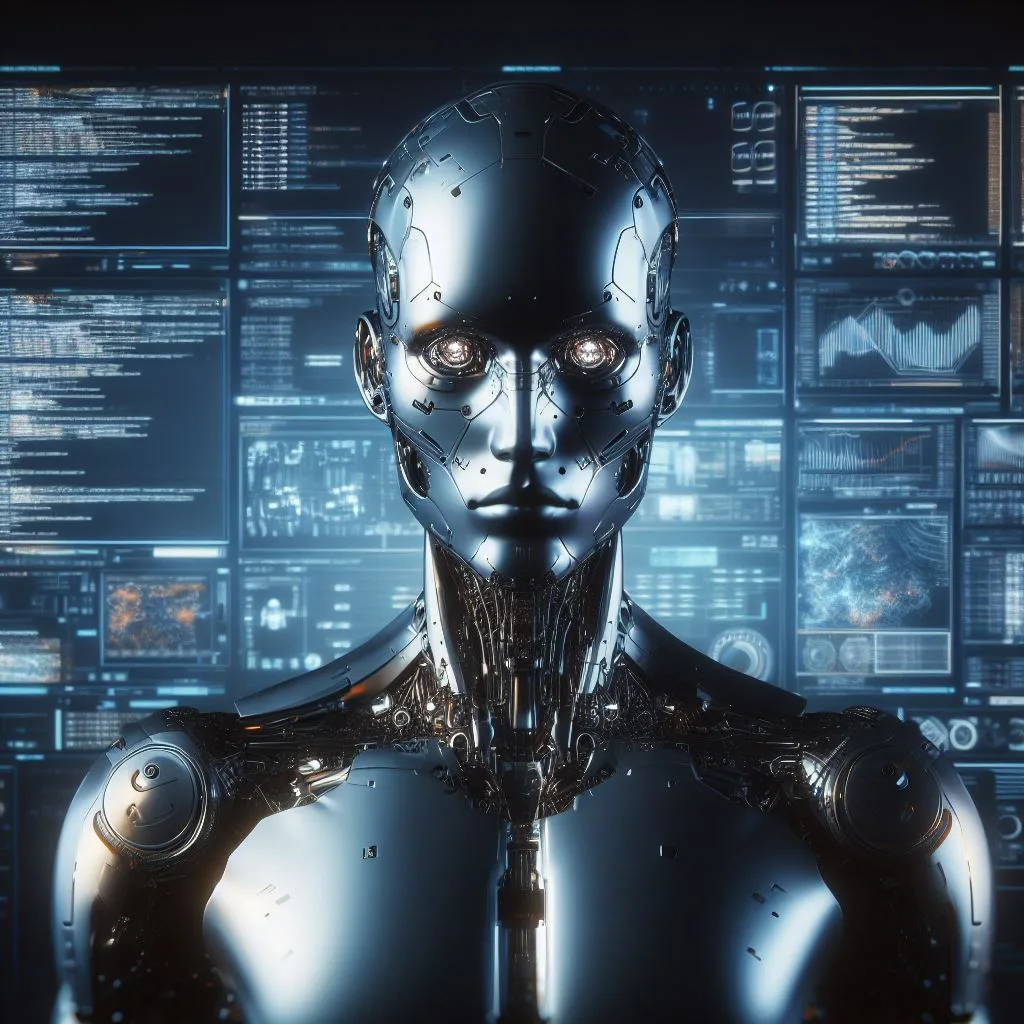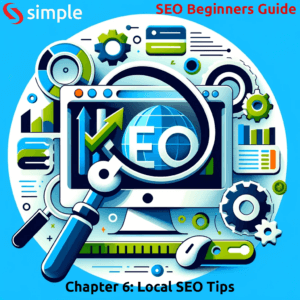Introduction
As the realm of Artificial Intelligence (AI) continues to expand, one subfield that’s garnering a lot of buzz is Generative Artificial Intelligence (Generative AI). This fascinating domain enables machines to generate new data that mimics real-world data. It’s not just about text; Generative AI is creating realistic images, composing music, and much more. This venture into the creative side of AI showcases the staggering potential of what machines can do. Let’s delve deeper into this captivating world, meet the prodigies like ChatGPT and Bard, and explore how Generative AI is blurring the lines between the real and the digital.
Generative Artificial Intelligence
The Magic of Generative AI
A Creative Twist to AI:
Generative AI steps beyond the traditional boundaries, enabling machines to create new data resembling the real-world data it was trained on. This is a significant leap from merely analyzing and interpreting data. That’s the basic essence of Generative Artificial Intelligence.
Text, Images, and Beyond:
While generating coherent text is mesmerizing, Generative AI’s ability to create realistic images or even artworks is nothing short of magical. This facet of AI is not only pushing the boundaries of what machines can do but also challenging our perceptions of creativity and originality.
Prodigies of Generative Artificial Intelligence
ChatGPT:
OpenAI’s ChatGPT is a stellar example of how far text generation has come. It crafts coherent and contextually relevant text, akin to how a human would.
Bard:
Though not real, Bard symbolizes the poetic and creative possibilities that Generative AI can achieve in the near future.
- Discover more about Google Bard
GANs for Image Generation:
Generative Adversarial Networks (GANs) are at the forefront of image generation, creating photorealistic images that are often indistinguishable from real ones.
The Ethical Maze
Reality or Illusion?
Generative AI’s capacity to create realistic content brings forth a plethora of ethical dilemmas. The line between real and artificial is becoming increasingly blurred, leading to concerns over misinformation and authenticity.
Consent and Copyright:
When AI generates images or text, who owns the copyright? Also, if an AI generates images of people, is consent required? These are uncharted waters in the realm of ethics and legality.
Data Bias:
Generative AI is only as good as the data it’s trained on. If the training data is biased, the generated content will be too, perpetuating stereotypes and misinformation.
The Future Landscape
Beyond Imagery and Text:
Generative AI is steadily progressing towards generating complex content like videos, 3D models, and even interactive digital worlds. The future might see AI creating entire virtual realities.
Ethical Frameworks:
As Generative AI advances, so must the ethical frameworks governing its use. Ensuring responsible use and addressing the challenges head-on will be pivotal.
Conclusion
Generative Artificial Intelligence is a realm filled with both awe-inspiring potential and thought-provoking dilemmas. As it continues to evolve, it’s not only changing the scope of what machines can do but also prompting a profound discourse on ethics, reality, and creativity.
Call to Action
Dazzled or daunted by the potential of Generative AI? Share your thoughts and join the discussion in the comments below. Your insights could shed light on new perspectives and foster a rich dialogue on this burgeoning domain. And don’t forget to share this article with others intrigued by the wonders and the ethical maze of Generative AI!



